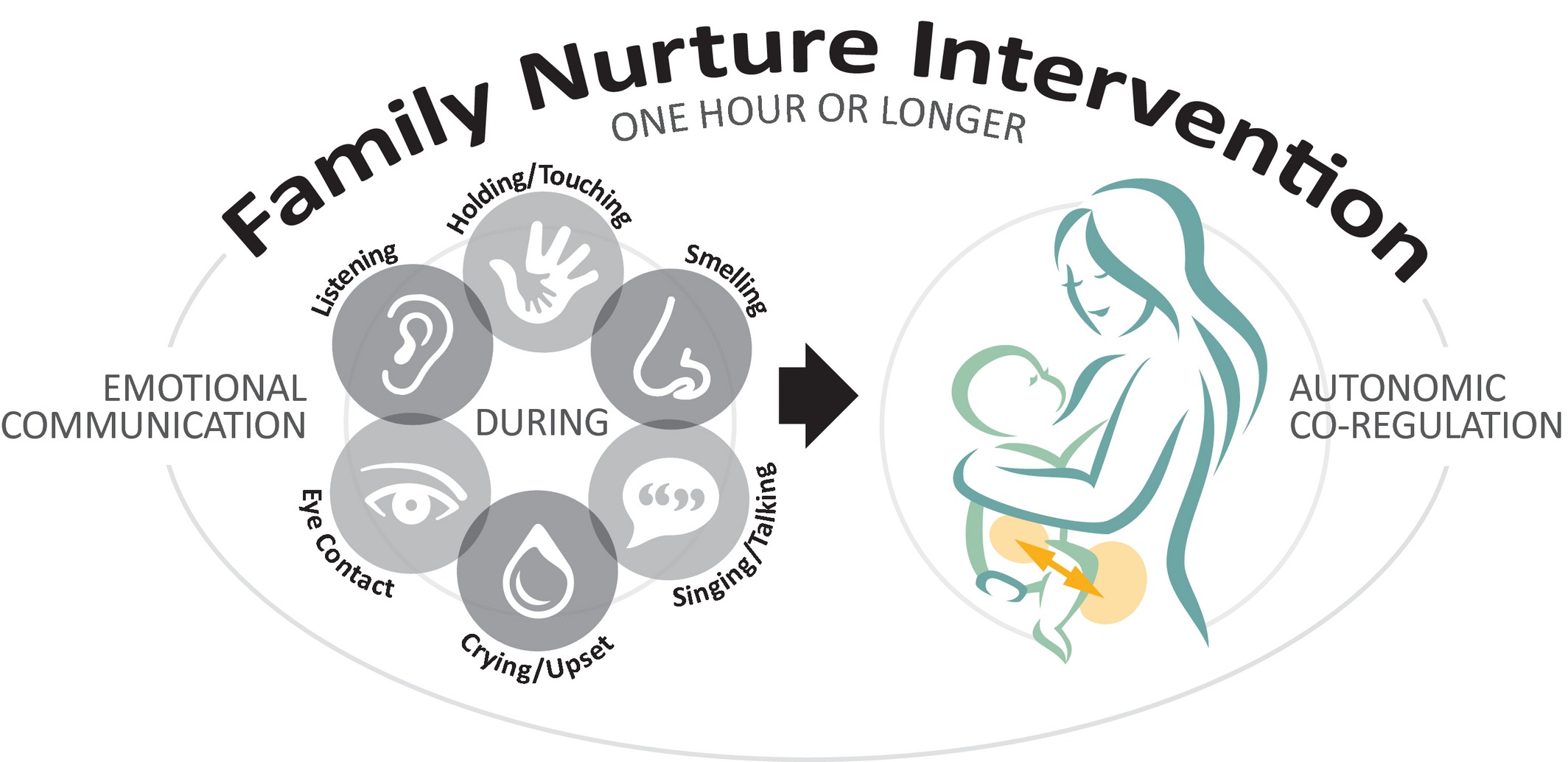The emotional relief of forgiveness
It’s hard to forgive a wrongdoing. But there is a way to approach forgiveness that can be helpful to your well-being.
Research and interventions show the benefits of forgiving for the individual doing the forgiving. This makes sense, since forgiving help to reduce negative emotions. One approach is based on a REACH model that involves completing a workbook over several hours.
The workbook asks the individual to describe the event and the associated feelings. Then they answer many questions to qualify the level of negative feelings related to events. The workbook has the following sections.
- Section one uses literary quotes to explore the individual’s motivation to forgive.
- Section two defines what forgiveness is and explores the benefits of forgiving and the impact of rumination and worry about the event.
- Section three has the individual recall the hurt but then look at the situation more objectively and from the other person’s perspective.
- The fourth section has the individual work on being empathetic and or sympathetic towards the other person.
- Section five guides the individual to develop a sense of gratitude for forgiveness and an altruistic attitude towards others.
- The last section strives to help the individual maintain the emotional peace that comes with forgiveness.
The research is clear that holding a grudge and holding on to and experiencing the negative emotions related to not forgiving are hard on an individual. Being angry at a person after they have “wronged” you is like twisting the arrow after it has hit you. It only hurts YOU more. This helps the other person hurt you more, ironically.
A systems approach to forgiveness
There are several ideas in the steps above that are consistent with a systems approach to forgiveness. Trying to be more objective about any situation is always helpful. Dr. Bowen defined differentiation as the ability to distinguish subjective, feeling-type thinking from more objective, rational-type thinking. The cognitive effort to think and write about a sequence of events, as if one were a reporter, can help an individual be more objective.
Exercises throughout the workbook support the person to be thoughtful. The reading and writing involved can reduce the emotionality involved. By writing about their feelings versus feeling the feelings, one can be more objective about the situation. Talking about feelings and emotions can be useful to gaining a better understanding of the event. For example, asking where, when, with whom, what, and how feelings arose are good questions to explore. Why questions are not. These can lead to a more narrow cause-and-effect type of thinking. Instead of why, one can explore how things came to be such that the event in question took place.
Trying to think about the situation from the other person’s perspective can help one be more understanding and thus forgiving. But this can be hard unless one has a different, more neutral perspective. This is where a systems approach can make a difference.
A systems perspective is more understanding
One thing that the REACH method doesn’t appear to do is use a system’s perspective. Moving from a cause and effect, perpetrator – victim perspective, to a systems perspective is a dramatic shift. A systems perspective can provide a more objective, more complete understanding of the situation. Most things don’t just happen without a series of events involving multiple players, leading up to the event. Each person has their entire family system and multi-generational processes as part of how they came to be. Most of us are NOT fully differentiated, so we are reactive to our emotional systems. We all experience stressors and have perceived threats that make us more reactive. These contribute to one behaving poorly.
Forgiveness is for you
Forgiving someone could be called “forgo-ness”. I think forgiving means one will decide to let go of blaming and seeking revenge. Getting even is a reactive response that can do one more harm. This is because it is NOT an objective rational response. So if forgiving someone means you will let go of this negative emotional energy, and the time and resources involved, then you are doing yourself good. The forgiveness is for you.
Forgiveness is good for you in another way. By definition, a systems perspective means I play some part in any situation. But, I do not think of this as finding fault or blaming the victim. It’s just how a systems perspective works, and it usually makes complete sense. For example, let’s say an individual didn’t get snow tires put on early enough and they hit my car. There was an unexpected inch of snow on the roads that day. And, I left work later than usual and because of something with my partner, I was in a hurry. Because of the other driver’s tires, they slide through a stop sign and hit me. There are a lot of things involve with the accident. My part was I was in the wrong place at the wrong time. Forgiving myself for my part is useful for me.
What Forgiveness is NOT
Let’s continue with the example. There were consequences in the form of damages to both cars. So whatever the other driver’s reasons are, they have to pay the consequences. But consequences is not about “getting even”. I can understand how it happened. I should see the part I played – my timing and my driving speed put me in the wrong place at the wrong time. As a result I put myself exactly where the other drive could hit me. A couple of seconds either way and I wouldn’t have gotten hit. I went above the speed limit as well, which affected when I got there.
An impartial observer watching all this via a drone in the sky could conclude that both drivers contributed to this. Everyone might understand how it happened. But no one has to agree that either driver was right or wrong. No one has to be happy that it happened, or okay with it. They could have many emotions at the moment and afterwards. They should have some emotions, because this is how individual learn to change their behaviour.
What Acceptance is not
So “accepting” that an accident happened, and understanding my part doesn’t mean that I’m okay with what the other driver did, or what I did, or with what happened. There were consequences that have to be dealt with. Accepting helps me focus on how do I want to show up in the moment and afterwards. How can I get through this with the least negative impact on me? How can I get on with what is really important to me?
Acceptance would help me learn about what I might do differently next time. (I am not trying to blame the victim here!) For example, the biggest lesson could be that I need to drive slower in bad weather so I can stop faster. I need to be extra alert at intersections. It might even mean that I should avoid driving in the first snowstorm of the season. Without the radical acceptance that asks what part might I have played, I might not learn important lessons. Including the lesson that forgiveness is for me.
Working on my level differentiation by trying to hold on to a systems perspective has helped me be less blaming and more understanding. By managing myself better, I am better able to forgive myself and others. I forgive myself for not being more differentiated than I am. However, I also understand the consequences that come with not acting as maturely as I can.
Thank you for your interest in family systems.
Dave Galloway
dave.galloway@livingsytems.ca
This post was inspired by The Well
The REACH workbook can be found here: REACH
Learn more about Bowen family systems theory here.
Listen to this video on Marital Conflict









